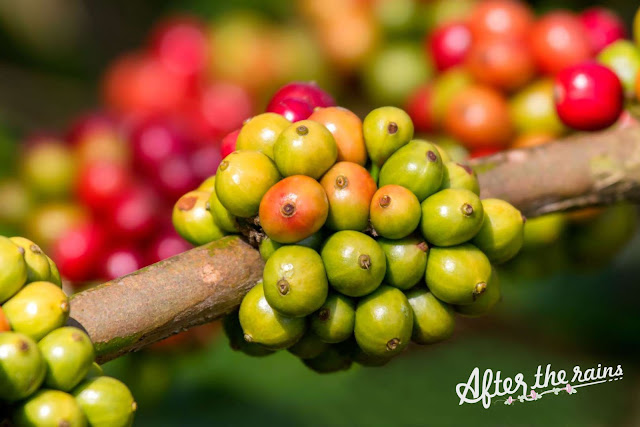A Walk into the Coffee Plantations of Wayanad
The spice plantation in Wayanad is one of the major spice plantations in Kerala. The spice plantations in Kerala are captivating farms to wander in since different spices are cultivated in different sections of each plantation.
Wayanad is a beautiful district in Kerala set amidst a scenic landscape of charming mist-clad hill stations and lush green forests. It is home to some of the oldest tribes, as yet untouched by civilization. Besides several spots of interest such as the Wayanad Wildlife Sanctuary, Lakkidi, Thusharagiri Waterfalls, etc, the spice plantation in Wayanad is a prime attraction of this picturesque land. The sprawling plantations of coffee, tea, cardamom, pepper and rubber make Wayanad a place worth visiting while on a Kerala Tour.
If you are staying in one of those resorts or homestays in Wayanad, it is most likely that they own a plantation or has some kind of arrangement with plantations in the vicinity.
The coffee production in Kerala accounts for about 28% of the overall coffee production in South India which includes the three states - Karnataka, Tamil Nadu and Kerala. Coffee is grown in independent plantations or as a mixed plantation with other spices, notably pepper vine. The coffee based farming system is a notable feature of Wayanad. Coffee in Wayanad (66,999 ha.) shares 33.65 percent of the total cropped area in the district and 78 percent of the coffee area in the state.
There are mainly two varieties of coffee i.e. Coffee Arabica and Coffee Robusta. During the mid-nineteenth century (1825-1869), the mainly cultivated coffee variety was Arabica as it had more beverage value and hence fetched higher coffee prices in the domestic as well as international markets. However, this variety of coffee was more vulnerable to pests and diseases and eventually, the large coffee estates producing this variety were left abandoned as the crops perished due to the threats prevailing from major pests existing in that period such as "white stem borer", "leaf rust" and "green bug". During the latter half of the nineteenth century, the Robusta variety of coffee became more popular in Wayanad. Currently, Robusta coffee produce is more than 95 % of the total coffee cultivation done in Wayanad.
Most of the coffee cultivation takes place in Noolpuzha among the three-gram panchayats with 2900 hectares of land available for coffee plantations while around 1500 and 1200 hectares of land is available in Sulthan Bathery and Nenmeni respectively.
The general method of harvesting coffee includes the following three steps in a sequential manner:-
1. Plucking the coffee seeds from the coffee gardens by using charged labour where natural farming techniques are more desirable. Use of pesticides and fertilizers is minimal.
2. Drying these seeds in the drying gardens for at least 1 to 1.5 weeks where the coffee seeds are kept for drying under the sun.
3. Finally, bagging of raw coffee is done after drying where the general standards practised in Wayanad define one bag of coffee to contain around 54 kgs of coffee. Including the weight of the bag typically to be one kg, each bag of coffee weights around 55 kgs and this harvested coffee is then sold off to local traders at prices which are commensurate with the local coffee market existing in Wayanad.
Also note while choosing your place of stay in Wayanad, there are many luxury resorts and hotels located inside plantations. Look out for those properties, you'll like the rustic plantation ambient!
For more details visit After the Rains Resort, Wayanad and go through the E-brochure.




Comments
Post a Comment